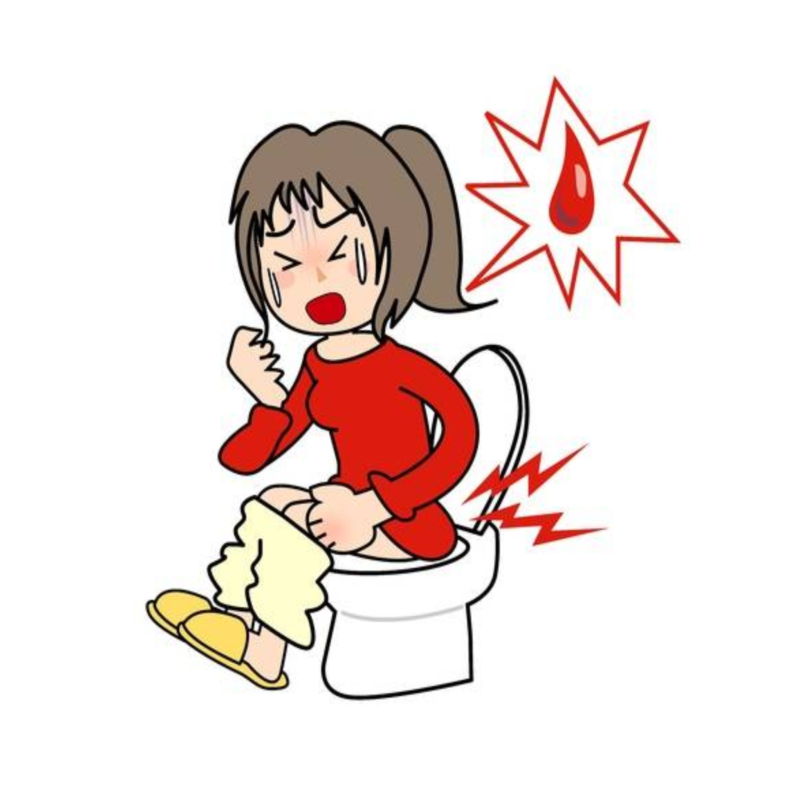What is Piles (Hemorrhoids)

Piles also known as Hemorrhoids (also spelled as haemorrhoids), are swellings containing enlarged blood vessels that occur inside and around the back passage (anus) and the anal canal. Hemorrhoids are masses, clumps, cushions of tissue full of blood vessels, support tissue, muscle and elastic fibers in the anal canal. Everyone has hemorrhoids. But when the hemorrhoids guarding the anal passage become too big due to inflammation, so that the vein walls become stretched, thin, and irritated by passing bowel movements, piles develops. Anyone at any age can be affected by piles. Though it has been observed that people over 45 years of age usually get affected by piles.
Types or classification of piles
Piles can be broadly classified into two categories:
Internal piles are those that form above a point 2-3 cm inside the back passage (anus) in the upper part of the anal canal. Internal piles are usually painless and bleeding is its only symptom. Internal hemorrhoids are more common than external ones. Internal hemorrhoids are classified into four grades depending on their severity:
These are small inflammations, usually inside the lining of the anus. They may bleed but don’t come out of anus and hence they are not visible.
These are larger than grade 1 hemorrhoids, but also inside the anus. When passing a stool, they may get pushed out, but go back inside on their own afterwards.
These are often called ‘prolapsed hemorrhoids’; these appear outside the anus. The patient may feel them hanging out. They can be pushed back in if the patient presses with their finger.
These are large and stay outside the anus all the time.You can’t push them back in. They may become very swollen and painful if the blood inside them clots.
External Piles are small lumps that are located on the outside edge of the anus. They are very itchy and uncomfortable and can be painful if a blood clot forms inside. If an external hemorrhoid prolapses to the outside (usually in the course of passing a stool), you can see and feel it. Blood clots sometimes form within prolapsed external hemorrhoids, causing an extremely painful condition called a thrombosis.
Causes Of Piles (Hemorrhoids)
A number of factors are responsible for the development of piles.

Constipation
Long-term constipation is one of the primary cause leading to piles.
Pregnancy
Piles are common during pregnancy. The reason behind is the development of fetus exerting pressure on the vascular structures.
Obesity
Obese and overweight people are also more likely to develop piles.
Lifestyle
Absence of fiber, imbalanced diet with insistence on junk food contributes towards piles. Along with this, long sitting hours, late night sleep, tight clothes, irregular eating habits, low consumption of water are all ways which leads to the development of piles.
Ageing
As the age increases, the body’s supporting tissues get weaker, increasing the risk of hemorrhoids or piles.
Hereditary factors
Having a family history of hemorrhoids may also be one of the reason of developing piles.
Symptoms of piles (Hemorrhoids)
- The most common symptom is passage of blood along with stool. Blood is seen on the outside of the stool but is not mixed in with the stool.
- After emptying the bowel, a feeling that bowels are still full.
- With passage of stools the pile or the lump with the swollen blood vessel may move downwards and prolapse or hang outside of the anus. After passage of stools this may need to be pushed back in.
- Severe pain during standing, walking and movement in the anus. Mucus discharge when emptying the bowels.
- There is redness, pain, discomfort or itchiness around the anus.

